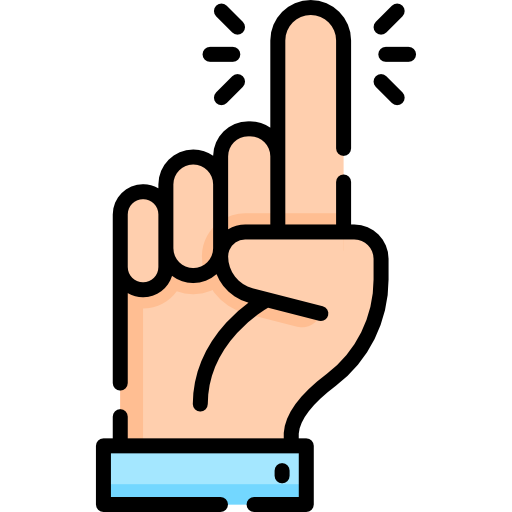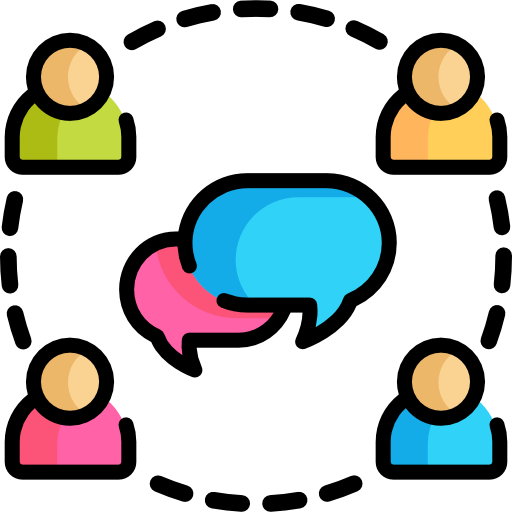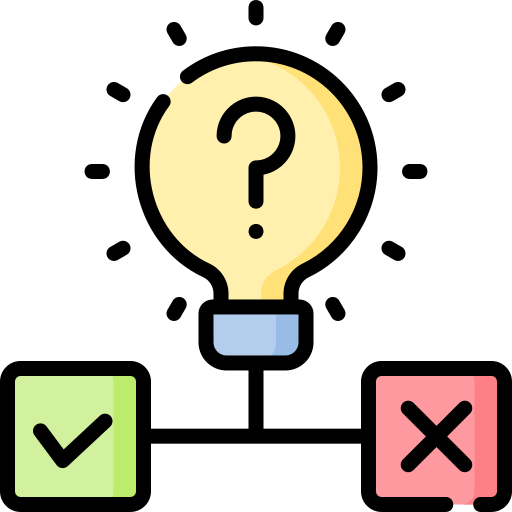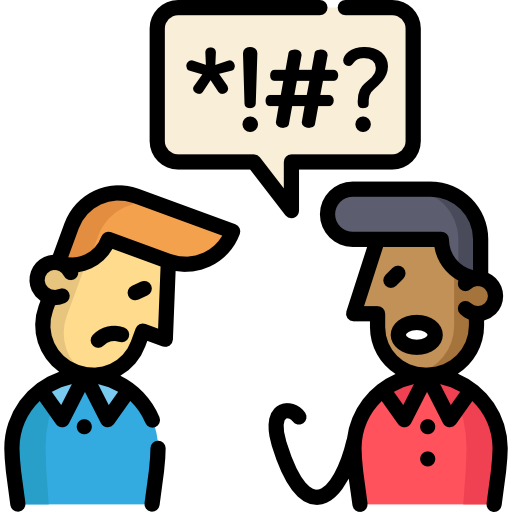
This logo isn't an ad or affiliate link. It's an organization that shares in our mission, and empowered the authors to share their insights in Byte form.
Rumie vets Bytes for compliance with our
Standards.
The organization is responsible for the completeness and reliability of the content.
Learn more
about how Rumie works with partners.
You're in a workplace where some team members are all about speed, while others swear by a meticulous approach to projects. As deadlines approach, sparks fly, and clash of ideas becomes the norm.
This is the reality of workplace conflict. It's bound to happen when people with different backgrounds and goals come together. The key? Embrace the clashes, manage them effectively with conflict resolution techniques, and watch your team grow stronger!
 Photo by Tim Gouw on Unsplash
Photo by Tim Gouw on UnsplashTypes of Conflict
Instead of ignoring or avoiding conflict, accept it and work toward addressing it immediately.
— Kiely Kuligowski, staff writer at Business.com
Conflict arises from disputes or disagreements, often rooted in differences of opinions, values, or interests. Despite the potential for disruption, timely resolution with effective conflict resolution techniques is crucial.
Personality Conflicts
People clash at work when their personalities or ways of doing things don't match. This includes:
Communication styles: differing forms of expression can lead to arguments.
Values: disagreements arise from contrasting views on what's important.
Working preferences: varied work styles can cause friction.
Power conflict: differences in influence or authority levels can lead to tensions in the workplace.
Professional Conflicts
Work clashes happen when goals, priorities, or ways of working don't align. This includes:
Task allocation: disputes arise over who does what at work.
Resource issues: conflicts happen over limited time or money.
Decision-making approaches: disagreements on how decisions are made can lead to clashes.
Competing goals: conflicts arise when different people or teams aim for different things.
Dealing with these conflicts means talking openly, understanding each other, and finding solutions together. It's like figuring out the best way for the whole team to win.
Follow these next 5 steps to find the best solutions, ensuring a smoother and more productive team dynamic.
1. Understand the Problem
Scenario: A marketing team has conflicting opinions on design aesthetics and messaging for a product launch campaign.
The team lead used these tips to help them understand the problem:

Encourage Open Dialogue
By organizing a meeting to foster open dialogue, the team members felt comfortable expressing their concerns.
Practice Active Listening
The team leader took time to hear everyone's perspective. Active listening ensured diverse ideas were heard.

Define the Core Issue
Addressing concerns and facilitating collaborative resolution helped the team leader pinpoint the specific aspect causing tension.
These key steps will help you understand the problem in your own workplace situation and lay the foundation for effective resolution.
2. Identify Needs
Everyone is unique and so are their needs. To identify those needs, you can:
Initiate Individual Meetings
One-on-one conversations help you to understand each person's needs. For instance, if there's a clash over project roles, talk to team members separately to uncover their expectations.
Clarify Expectations
Ensure that everyone's expectations are clear. In cases of conflicting priorities, establish a shared understanding of project goals and individual responsibilities.
Practice Empathy and Perspective-taking
Put yourself in others' shoes to help you comprehend their needs better. If there's tension around work hours, consider the needs of those with family commitments or differing time preferences.
In the video segment below, team culture expert Galen Emanuele discusses how perspective-taking can help move you forward in finding a solution.
3. Generate Solutions
 Photo by Lala Azizli on Unsplash
Photo by Lala Azizli on UnsplashWith a clearer understanding of the problem and a grasp of individual needs, the next critical step is to actively generate solutions.
Brainstorm Collaboratively
Foster group discussions to generate a variety of potential solutions. If the conflict revolves around task allocation, encourage team members to contribute different ideas for fair distribution.
Incorporate Diverse Perspectives
Ensure that solutions consider input from all team members. For example, if there's a clash over project strategies, include insights from both those who favor a detailed approach and those who prefer a quicker one.
Explore Compromise
Seek middle-ground solutions that address various needs. In cases of conflicting priorities, find a balance that accommodates different viewpoints without compromising overall project goals.
4. Choose and Implement the Best One
Now that you’ve generated a pool of potential solutions, shift to the critical task of choosing the best one.

Use Numbers and Facts
Look at data to compare potential solutions. If you're deciding on project timelines, check when each option will be done and what benefits it brings.

Think About Everyone
Consider how each solution will affect everyone on the team. If the conflict is about how work is done, pick a solution that works for everyone's style.

Explain Clearly
Communicate the chosen solution to the entire team. If the conflict involves task allocation, ensure everyone understands their revised roles and responsibilities.
By taking these steps, you're making sure the solution is right for the team and helps everyone work together better.
5. Monitor Results and Follow Up
Try these practical tips for successfully tracking progress and staying connected with the outcomes.

Check In Regularly
Schedule regular check-ins to see how things are going.
Ask for Feedback
Encourage team members to share their thoughts.
Be Flexible
Be ready to change things if they're not working.
Celebrate Success
Acknowledge achievements and positive changes. Celebrate reaching milestones as a team.
By staying on top of progress and being open to adjustments, you ensure that the chosen solution continues to benefit the team and contribute to a positive working environment.
Quiz: Conflict Resolution at TechCo

In a project team at TechCo, a conflict arises about how to use resources for an upcoming deadline.
Some people think it's best to spend more money on hiring help from outside (outsourcing), while others believe it's better to rearrange tasks within the team (internal reallocation).
The team manager, Malik, is tasked with resolving the conflict. What should Malik keep in mind in generating a solution?
A. Select a solution that only benefits a few team members.
B. Consider the impact of each solution on the entire team, taking into account various roles and preferences.
C. Prioritize team members' opinions over other factors, even if it hinders decision-making.
D. Focus only on the perspectives of those advocating for outsourcing.
Quiz
Choose Malik's best option.
While C emphasizes valuing team members' opinions, B focuses on a solution that considers the effect it will have on everyone on the team. A and D don't consider everyone and may create additional conflict.
Take Action
Effectively resolving conflict in the workplace will take practice. These tips will prepare you to try out your conflict resolution techniques during the next conflict at work!

This Byte has been authored by
Tiffani Caron
Learning Experience Designer
M. Ed


